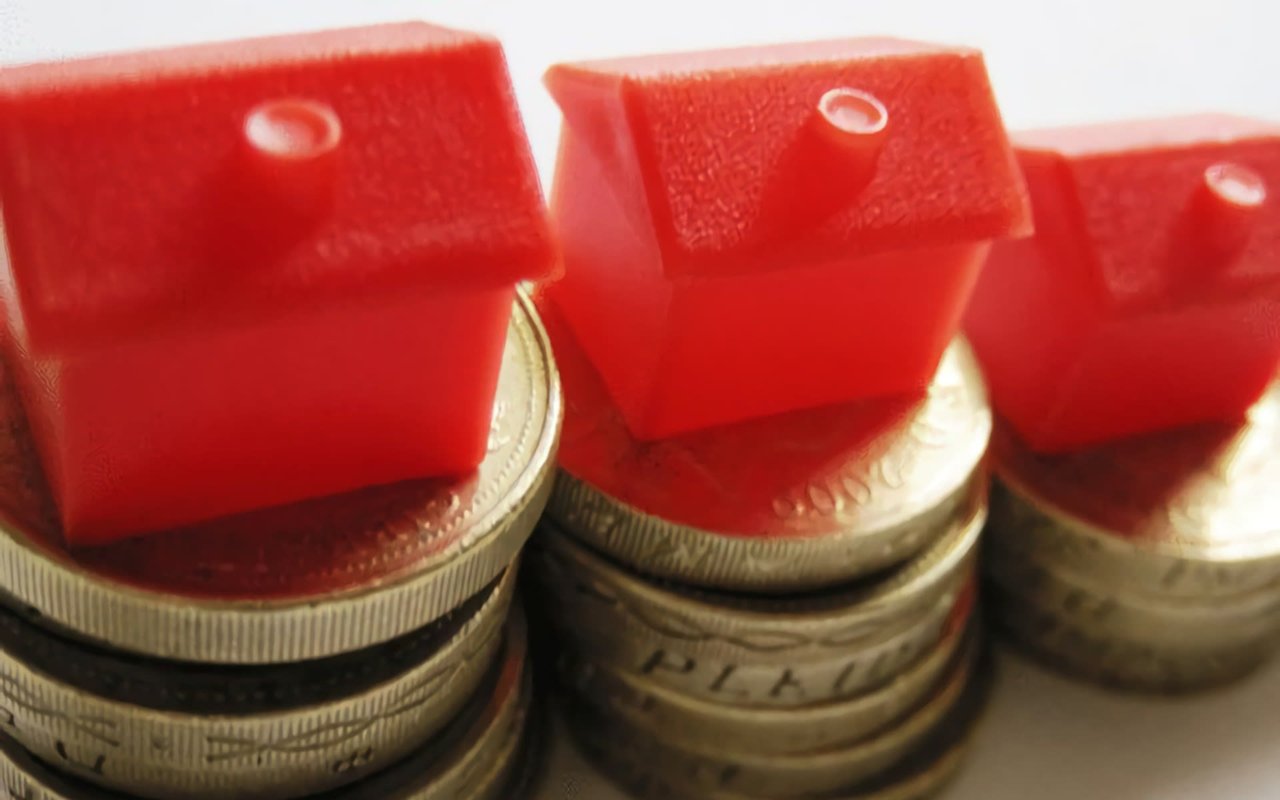The history of luxury Las Vegas real estate is fascinating. Price tags aside for the moment, the properties themselves could tell some wild tales. Going back in time to the Rat Pack days of the 1950s, Las Vegas real estate housed famous and infamous characters from all walks of life.
For casino executive “Lefty” Rosenthal, the inspiration behind the movie “Casino,” safety was of the utmost importance. So, when he built his luxury home on Vegas Valley Drive, he had bulletproof doors and windows installed.
Legendary performer Wayne Newton has been a staple of Las Vegas entertainment culture for decades. His Casa de Shenandoah estate, once his private residence, then sold to house a museum, then repurchased to be his home and museum, is a landmark in Las Vegas.
Music conductor for The Sands Orchestra, Antonio Morelli and his wife Helen built the Morelli house in 1959 along the famous streets of Desert Inn Country Club. The homestead was legendary for after-hour parties and gatherings of Las Vegas most notable musicians, including Rat Pack members Frank Sinatra and Sammy Davis Jr. The Junior League of Las Vegas relocated the home in 2001 to its current address, 861 East Bridger Avenue.
Historical Highs and Lows
As Las Vegas grew up with the entertainment scene as its inspiration, the town naturally attracted tourists looking to flee ordinary life. The buzz of neon signs drew the travelers in, while the climate encouraged them to stick around.Casinos flourished, along with the careers and wallets of all involved. Performers from all genres began putting Las Vegas on their tour schedules, and infrastructure in the luxury real estate market began to take shape.
Historically, the cost of living in Las Vegas has been lower than comparable cities offering a similar lifestyle of fine dining and leisure activities. And because of the heavy influence of tourism dollars, Las Vegas can continue to maintain a reduced price tag for residents.
The Roller Coaster of The Decade
Continuing with the perspective of tourism influencing the prices of luxury real estate in Las Vegas, when economic times, domestically and internationally, are good, the demand for luxury real estate escalates. The reverse is also true, unfortunately.
At the peak of the housing boom of 2006, home prices also reached a pinnacle. The median sales amount for a single family home that year was around $300,000. In the years leading up to this point, we saw an average population growth of 81,000 people, creating a buildup of demand for housing. In 2005, transactions totaled 93,403 between new and existing homes sold. By 2008, total closings were less than half that number, and median prices dropped to under $200,000.
The Descending Years
The downward spiral continued from 2008 through 2012, with average home prices declining like a credit card over the spending limit. The lowest average monthly sales price was $120,000 during February of 2012. That month was rock bottom.The majority (93%) of homes sold during 2011 fell between $100,000 to $300,000, with the highest sales volume at the median price of $150,000. Luxury home sales were nominal that year, with the cap reaching $3 million, and only a couple of homes sold at that level.
Bank-owned properties and short sales dominated the closing tables during that time. This status included luxury properties in exclusive neighborhoods like MacDonald Highlands and Tournament Hills. These developments had 25% or more their estates classified as a short sale or bank-owned.
Onward and Upward
Fortunately, in 2013, home prices were on the rise again, thanks to investors flocking to the area to buy up the bargains and use them as rental properties. Almost 60% of homes sold in February of 2013 were cash transactions. Cash sales are typical of investment purchases. The good news was that they absorbed a lot of the inventory on the books, and pumped money back into the economy.By 2015, the market shifted back to traditional sales, with most purchases of luxury homes made by owner-occupants or as second homes. Bank-owned and short sales were starting to occur less frequently as the economy finally showed consistent signs of life.
The luxury market bounced back in 2015, with 330 existing homes of $1 million or more sold in Las Vegas. New construction fared equally as well with 50 home sales at the $1 million or higher price tag.
Today and Tomorrow for Luxury Las Vegas Real Estate
Statistics for 2016 show a positive rate of activity for the luxury real estate market here in Las Vegas. More luxury homes are selling, and new construction continues.Share your perspective on the luxury Las Vegas real estate market with me by clicking here.

